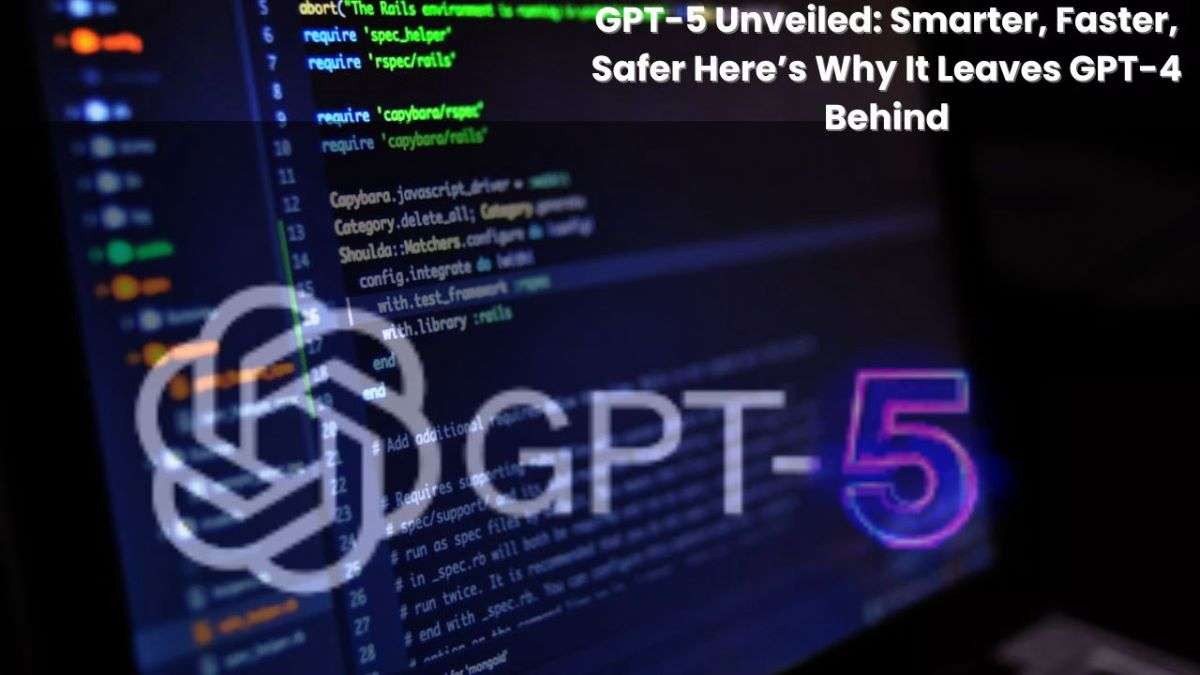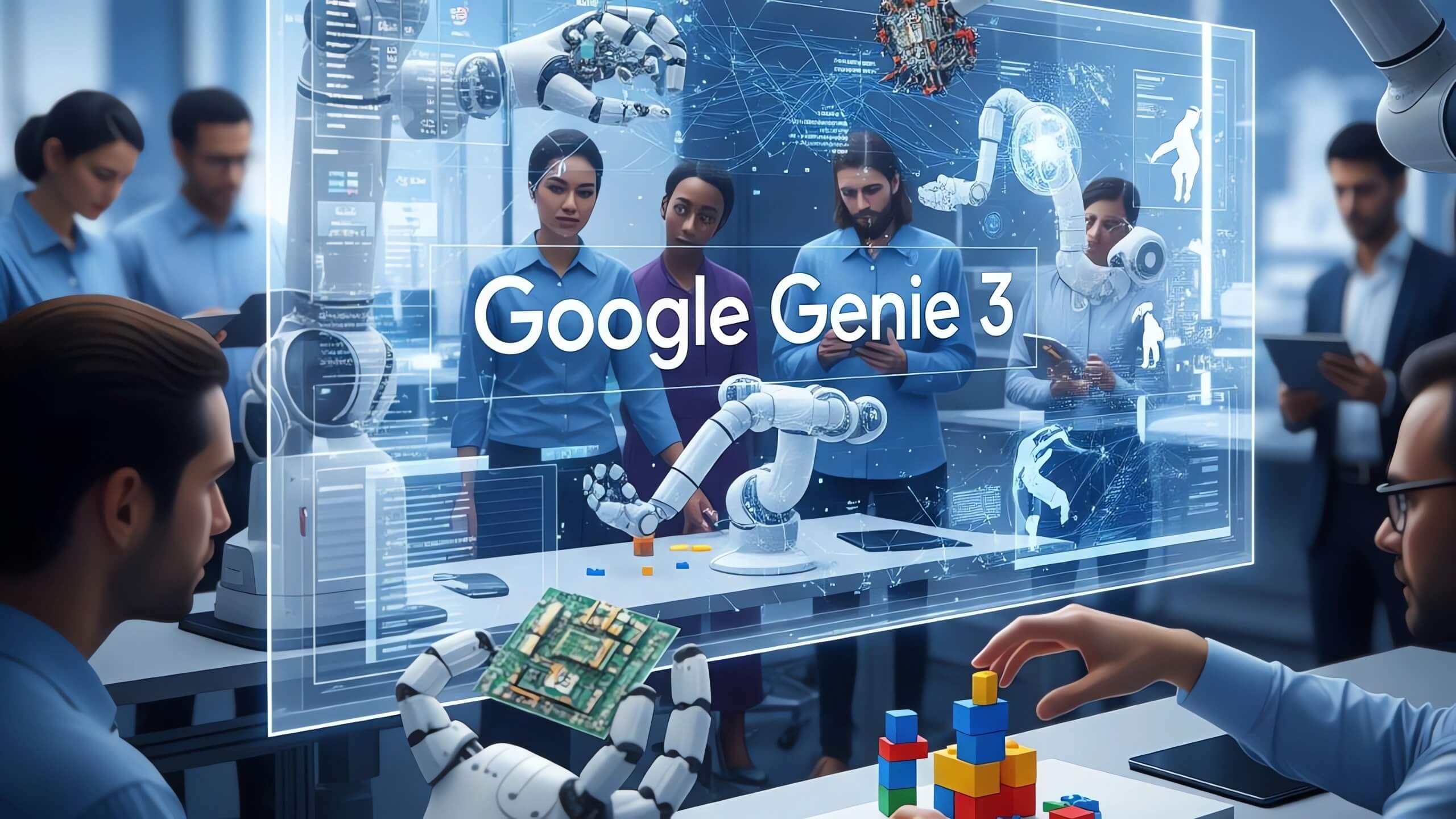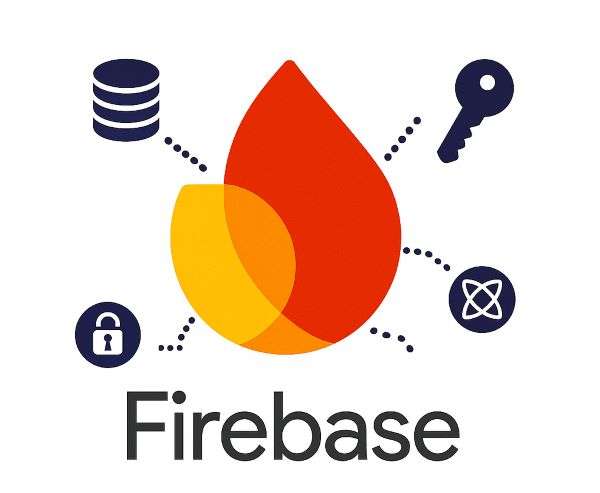GPT-5 is here—and it’s not just an upgrade. Think PhD-level reasoning, near-zero hallucinations, and even smarter code generation. Here’s why these matters—for developers, enterprises, and our planet.
Table of Contents
Breaking News: GPT-5 Launch Shakes the AI World
OpenAI has officially launched GPT-5, making it available to all ChatGPT users with Mini and Nano versions for lighter tasks, and Pro-level “Thinking” models for complex reasoning. The release brings both a leap in performance and a complete rethink of how AI adapts to user needs.

Standout Highlights:
- Multi-variant model: Standard, Mini, and Nano for different use cases, plus premium tiers for advanced deep reasoning.
- Adaptive routing: The system automatically decides which sub-model to use for each query—balancing speed, cost, and complexity without user intervention.
- Enterprise-ready: Delivers stronger results in coding, scientific reasoning, and specialized business workflows.
Why GPT-5 Surpasses GPT-4
1. Superior Performance Across Domains
GPT-5 achieves record-breaking results in AI benchmarks. On the SWE-Bench Verified coding test, it scores 74.9%, setting a new standard for AI-assisted software development. It handles math, health, legal, and financial tasks with far greater accuracy and consistency than GPT-4.
Expert Insight:
“GPT-5 feels like working with a team of PhD-level experts who can code, write, and reason—all at once,” said an AI startup founder testing the model during beta.
2. Seamless User Experience
In GPT-4, users often had to manually pick a model. GPT-5 eliminates this friction by adapting automatically to the complexity of the task. Whether it’s a quick email draft or a multi-step business plan, it chooses the right computational power on its own.
Additionally, users can now personalize their AI assistant—adjusting tone, style, and even accent colors in the interface. Built-in integrations with Gmail and Google Calendar allow the assistant to manage schedules, draft responses, and surface relevant information in real time.
3. Designed for Real-World Impact
Developers report that GPT-5 is significantly more “steerable”—meaning it follows instructions more faithfully and with more predictable outputs.
Expert Insight:
“This is the smartest model we’ve used. It’s not just accurate—it understands intent and can adjust its approach mid-conversation,” said the CEO of a popular AI coding platform.
For enterprises, the shift is immediate: biotech researchers are getting cleaner data analyses, financial teams are running faster market simulations, and marketing departments are producing on-brand content with less editing.

ChatGPT-5 vs ChatGPT-4 Pricing and Feature
| Model / Tier | Input Token Cost (per 1M tokens) | Output Token Cost (per 1M tokens) | Best For |
|---|---|---|---|
| GPT-5 (Standard) | $1.25 | $10.00 | Full reasoning power, advanced tasks |
| GPT-5 Mini | $0.25 | $2.00 | Budget-friendly, lighter workloads |
| GPT-5 Nano | $0.05 | $0.40 | Ultra-cheap, high-speed automation |
| GPT-4 / GPT-4o | Not officially disclosed* | Not officially disclosed* | Legacy projects, transition phase |
Environmental Angle: Is GPT-5 Eco-Friendlier?
One of the biggest criticisms of large AI models is their environmental footprint. Sam Altman, OpenAI’s CEO, revealed that GPT-5 uses approximately 0.000085 gallons of water per query—about 1/15th of a teaspoon. Earlier estimates for AI models ranged from 500 mL of water for every few prompts to half a liter for hundreds of queries. While GPT-5’s per-use efficiency is improved, the sheer scale of AI adoption means the cumulative water demand remains substantial.
Big Picture:
- AI models could withdraw 4.2–6.6 billion cubic meters of water globally by 2027.
- Training GPT-3 alone consumed around 700,000 liters of water.
- As AI demand grows, efficiency gains need to be paired with renewable energy and water-recycling strategies.
Expert Insight:
“Sustainability can’t be an afterthought in AI. Efficiency is good, but without systemic change, the footprint will still be enormous,” notes an environmental tech researcher.
Real-World Impact Snapshot
| Domain | GPT-4 Limitations | GPT-5 Advantages |
|---|---|---|
| Coding | Occasional hallucinations, slower results | Cleaner code, fewer errors, powerful debugging and tool integration |
| Reasoning | Struggled with structural ambiguity | Handles multi-step logic and abstract reasoning better |
| User Experience | Static tone, no true adaptation | Adaptive routing, dynamic personas, productivity integrations |
| Eco Footprint | High cumulative usage impact | Lower per-query water use, but global footprint still significant |
FAQs
Q: How much better is GPT-5 than GPT-4?
GPT-5 is faster, more accurate, and can handle far more complex queries without breaking context. It also significantly reduces hallucinations and adapts automatically to the task.
Q: What variants are available?
GPT-5 comes in Standard, Mini, and Nano versions. Pro users can access GPT-5 Pro and GPT-5 Thinking for advanced reasoning and longer context windows.
Q: Is GPT-5 more eco-friendly?
Per query, yes—it uses far less water than earlier estimates for AI models. But overall environmental concerns remain due to the growing scale of AI use.
Q: Who’s using GPT-5 right now?
It’s already being adopted in industries like biotech, finance, education, and design. Early reports show improved productivity and accuracy in workflows.
Closing Thoughts
GPT-5 is more than just a new model—it’s a turning point. By combining advanced reasoning, speed, personalization, and efficiency, it sets a new benchmark for AI capabilities. The automatic adaptation to tasks means users get the right balance of performance and cost without manual tweaks. For developers, GPT-5 is a coding partner that understands context, adapts mid-project, and delivers cleaner results. For enterprises, it’s a productivity multiplier across multiple departments. And for everyday users, it’s a smarter, more intuitive assistant.
However, as with every leap in AI power, there’s a responsibility to ensure that these systems grow sustainably minimizing environmental costs and maximizing societal benefits. GPT-5 might be the smartest AI yet, but the real test will be how we choose to use it.





